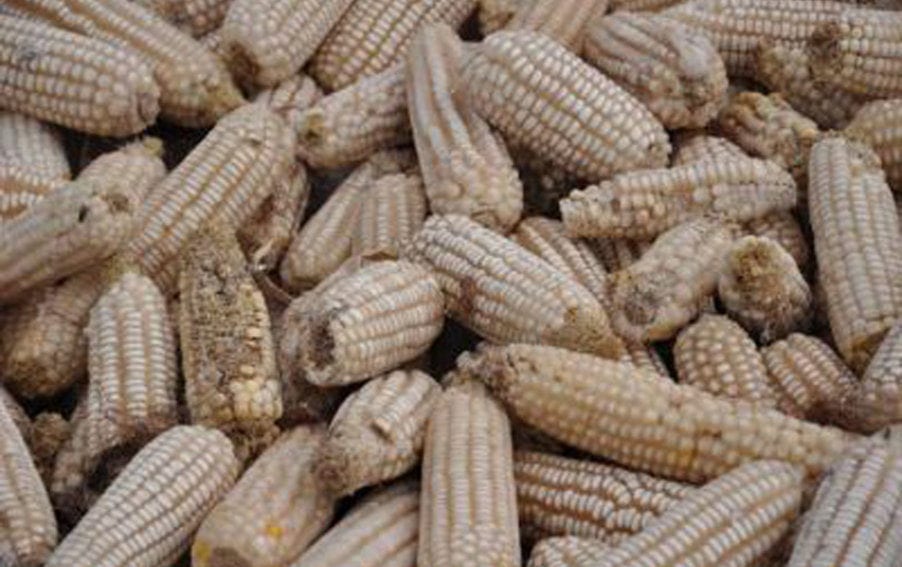By: Dann Okoth
Send to a friend
The details you provide on this page will not be used to send unsolicited email, and will not be sold to a 3rd party. See privacy policy.
[NAIROBI] A project aiming to use special yoghurts that have ‘friendly bacteria’ to reduce amounts of toxins in food is one of 83 innovations announced last month (21 November) to receive 100,000 Canadian dollars (around US$93,500) from Grand Challenges Canada.
Other Africa-based innovations that are to receive grants include a project in Kenya seeking to develop an effective and rapid diagnostic tool to detect severe malnutrition in children and an initiative in Uganda developing a device that uses light to diagnose bladder infections.Researchers from Canada and Kenya, who developed the new yoghurts, say between 2006 and 2009, a study in Nairobi showed that only 17 per cent of maize sampled met quality standards for human consumption. Most of the samples had high levels of aflatoxin, which could cause liver cancer.
“Much as the project will aim to save lives, it sensitises people to the need for practical interventions. Ideally, poisoned maize should not be consumed, but with poverty and hunger, this is not always possible.”
Nicholas Nduti, Kenya’s Ministry of Agriculture
The toxins resulting from man-made activities and from the environment can cause serious and long-lasting diseases and deaths to millions of humans and wildlife in Africa.
The new yoghurts contain ‘friendly bacteria’ called Lactobacilli that can seize certain toxins and heavy metals and degrade some pesticides in the stomach, according to the researchers.
“When these bacteria are added to locally-produced foods, they could reduce morbidity associated with these toxins,” says Gregor Reid, lead researcher from the University of Western Ontario in Canada.
When consumed the milk will bind the toxins in the gut and can reduce toxin absorption into the body or degrade them.
“This has the potential to reduce by about 25 to 40 per cent illnesses and deaths in children and adult farmers and consumers,” Reid notes.
Nicholas Nduti, a food scientist at Kenya’s Ministry of Agriculture and a PhD student who is working on the yoghurt project with Reid, says they will fieldtest the yoghurts in eastern Kenya, a region known to have problems with aflatoxin poisoning.
Farmers in the region lose up to 80 per cent of the crop to aflatoxin poisoning due to poor storage methods.
“Much as the project will aim to save lives, it sensitises people to the need for practical interventions. Ideally, poisoned maize should not be consumed, but with poverty and hunger, this is not always possible,” Nduti says.
Lillian Nyaga, a Nairobi consumer, says that a yoghurt capable of binding the toxins in the gut and can reduce their absorption into the body is a good development.
“If it will have no side effects to consumers then it is a most welcome scientific development since in Kenya we can’t avoid spraying chemicals on our gardens and using medications on animals and some of the toxins could get into our systems,” she tell SciDev.Net.
But she is worried about the cost: “The problem with such innovations is that the cost is affordable at the initial stages of reaching the market but soon become beyond the reach of many.”
This article has been produced by SciDev.Net's Sub-Saharan Africa desk














